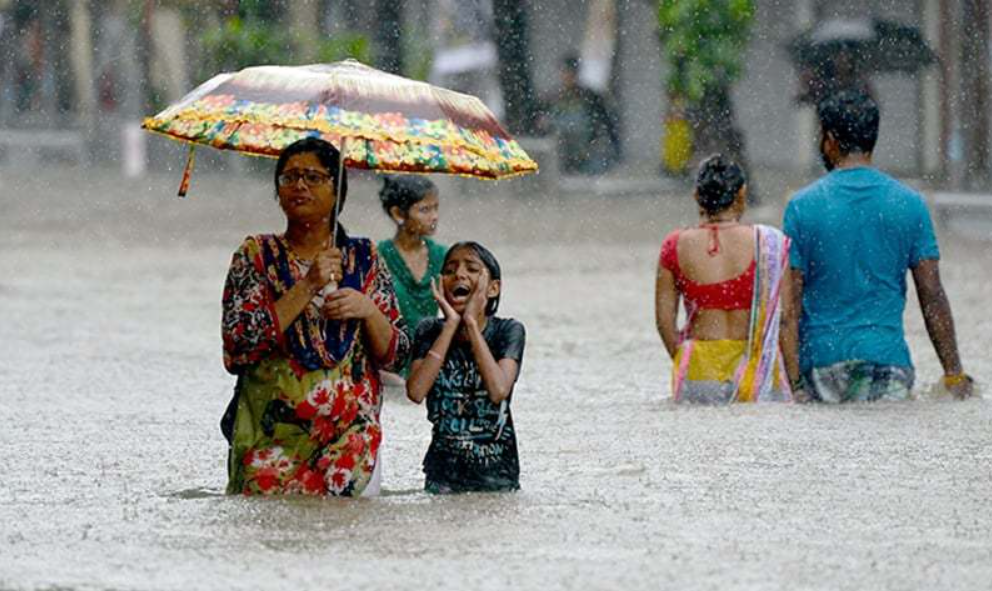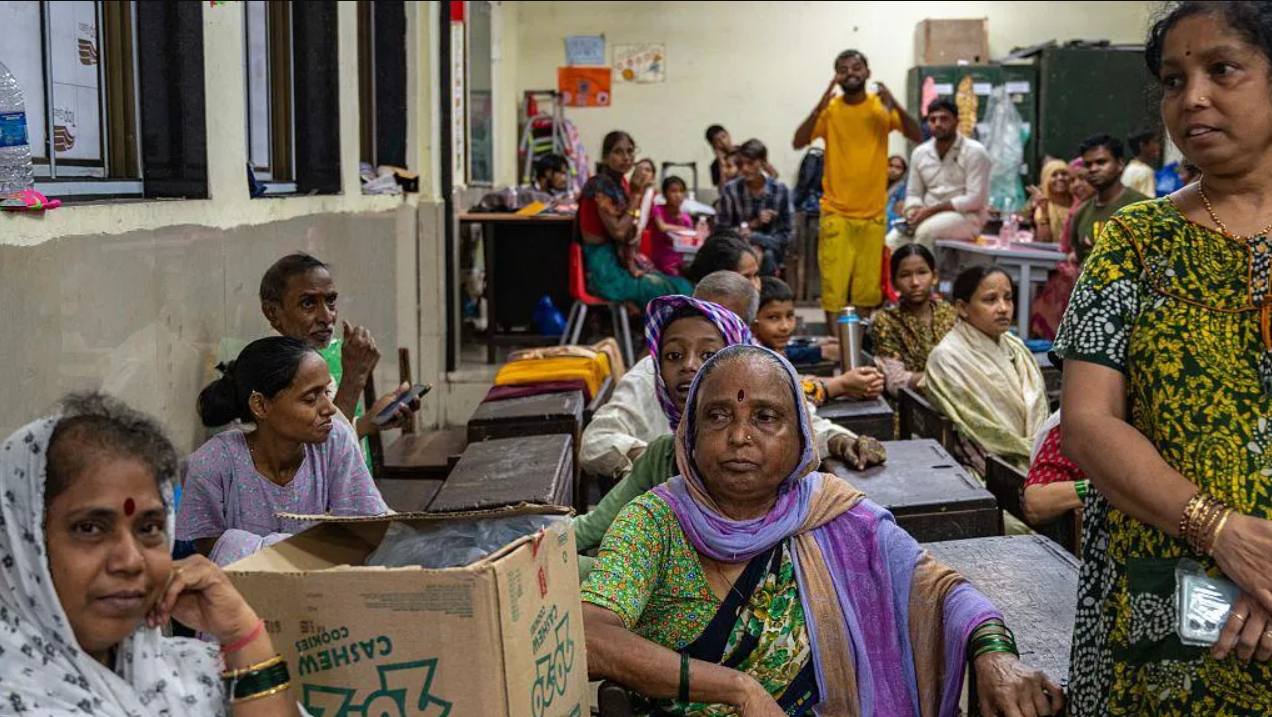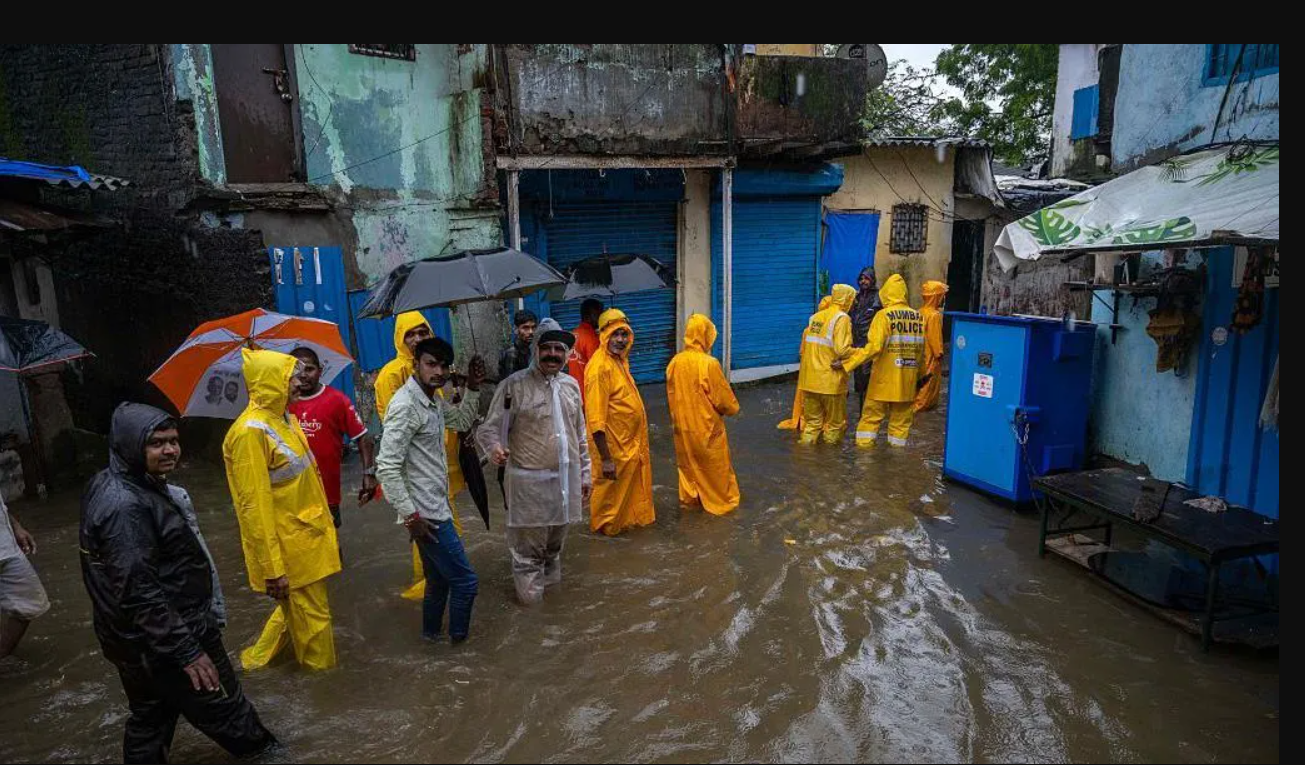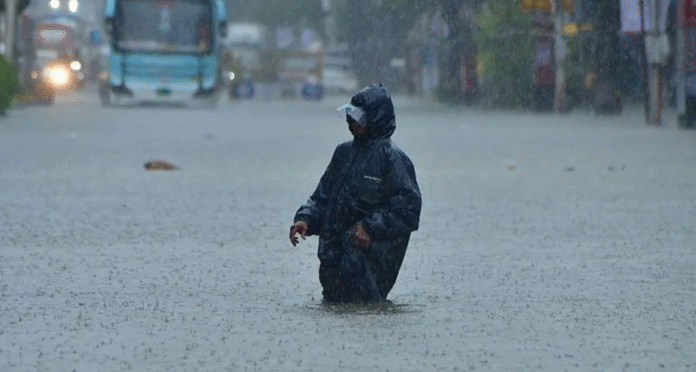Mumbai Rain Warning: City Brought to a Standstill
The recent Mumbai Rain Warning has once again highlighted the city’s fragile infrastructure. Heavy monsoon showers have paralyzed India’s financial capital, leaving millions of residents struggling to cope with the chaos. From waterlogged streets and train delays to flight cancellations and dangerous rescues, the rains have caused widespread disruption across the bustling city of more than 12 million people.
Authorities confirmed that waist-deep flooding, clogged drains, and infrastructure failures have left neighborhoods submerged. The situation worsened when nearly 600 passengers were stranded on a monorail system that broke down mid-journey due to overcrowding. Rescue teams had to deploy cranes to safely evacuate passengers, with at least 23 treated for suffocation.

How the Mumbai Rain Warning Disrupted Daily Life
The Mumbai Rain Warning has turned the city’s daily life upside down:
-
Schools and colleges shut down across multiple districts.
-
Flights cancelled or delayed at Mumbai’s busy international airport, with more than 50 flights affected.
-
Train services disrupted, leaving thousands stranded on platforms as the city’s rail lifeline collapsed under the pressure.
-
Over 350 residents evacuated from low-lying flood-prone areas.
With clogged sewers overflowing, garbage-filled floodwaters surged through neighborhoods, forcing many to wade through unhygienic water just to commute or fetch supplies.
Flight and Train Services Severely Affected
Air and rail travel have been some of the worst-hit sectors during this Mumbai Rain Warning. The IndiGo airline issued an alert, warning passengers that ongoing heavy rains could trigger air traffic congestion and further delays. The already fragile situation worsened as stranded passengers vented frustrations over the lack of timely updates.
Local train services, considered the “lifeline of Mumbai,” witnessed major breakdowns. Trains scheduled for Monday night only departed the next morning, while morning schedules were pushed to later in the day. The disruptions forced thousands to wait endlessly at packed stations.

For a city where trains are essential for over 7 million daily commuters, these delays meant lost work hours, missed appointments, and additional economic strain.
Why Mumbai Faces Rain Chaos Every Year
The Mumbai Rain Warning is not a one-off incident—it happens nearly every monsoon season. Despite billions invested in mega-projects like sea bridges, coastal roads, and new metro lines, experts argue the city’s drainage systems and flood-control infrastructure remain outdated.
With unchecked urban growth, reclaimed land use, and insufficient waste management, heavy rains turn the city into a flood-prone zone. Environmentalists have long warned that without investment in climate-resilient infrastructure, the financial capital will continue facing this annual crisis.
For context, a similar situation unfolded in Bengaluru (India’s Silicon Valley) in 2022, when monsoon rains submerged tech hubs and disrupted IT operations. This proves the problem is not limited to Mumbai, it’s a broader issue tied to rapid urbanization without sustainable planning.
Government Criticism Amid the Mumbai Rain Warning
Opposition leaders strongly criticized the state government’s response to the Mumbai Rain Warning, calling it an “absolute collapse of governance.”
Aaditya Thackeray from the opposition Shiv Sena (UBT) alleged that authorities had done “zero planning” despite red alerts being issued well in advance. He pointed out that even the city’s newly constructed airport faced flooding, and fresh waterlogging spots appeared around new infrastructure projects, raising questions about planning flaws and oversight.

Frustrated citizens also flooded social media with videos and complaints, pointing out collapsing infrastructure, poor drainage, and the government’s lack of preparedness.
What Residents Experienced During the Mumbai Rain Warning
For residents, the Mumbai Rain Warning was more than just a news headline,it was a lived nightmare.
-
Families were forced to sleep in temporary shelters after being evacuated.
-
Students missed critical school and college exams due to closures.
-
Commuters risked their lives wading through contaminated waters to reach home.
-
Businesses, especially small shops, lost days of revenue due to flooding.
Despite official rescue efforts, citizens expressed anger and helplessness over what they see as recurring negligence.
Lessons From the Mumbai Rain Warning
The Mumbai Rain Warning should serve as a wake-up call for policymakers. While flashy mega-projects showcase development, they do little to address fundamental urban challenges such as:
-
Modernizing drainage and sewage systems
-
Building flood-resistant housing in vulnerable areas
-
Improving waste management to reduce sewer blockages
-
Incorporating climate-resilient urban design
Without tackling these root causes, India’s financial hub will continue to be crippled every monsoon, endangering millions of lives and livelihoods.

